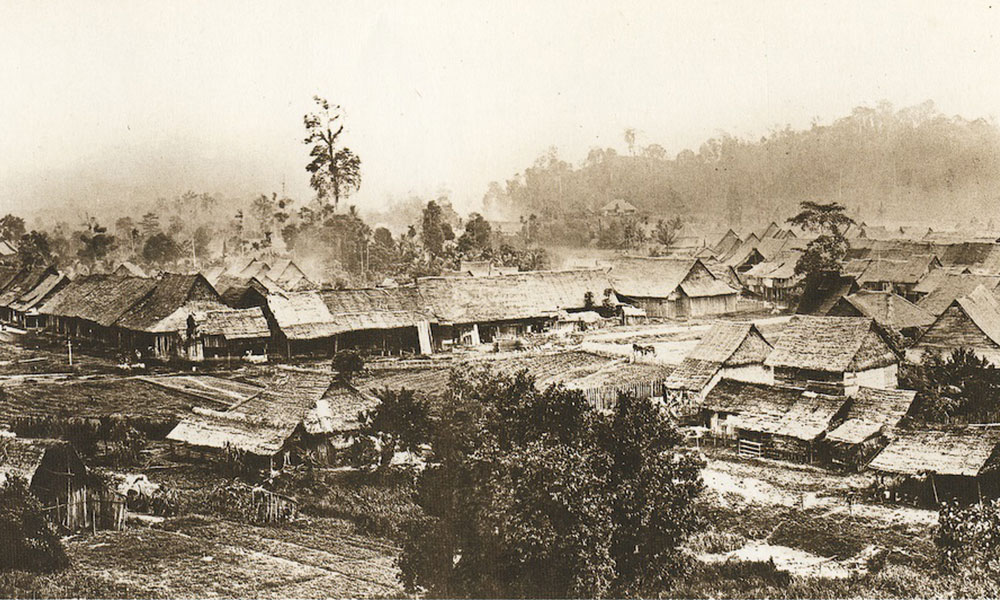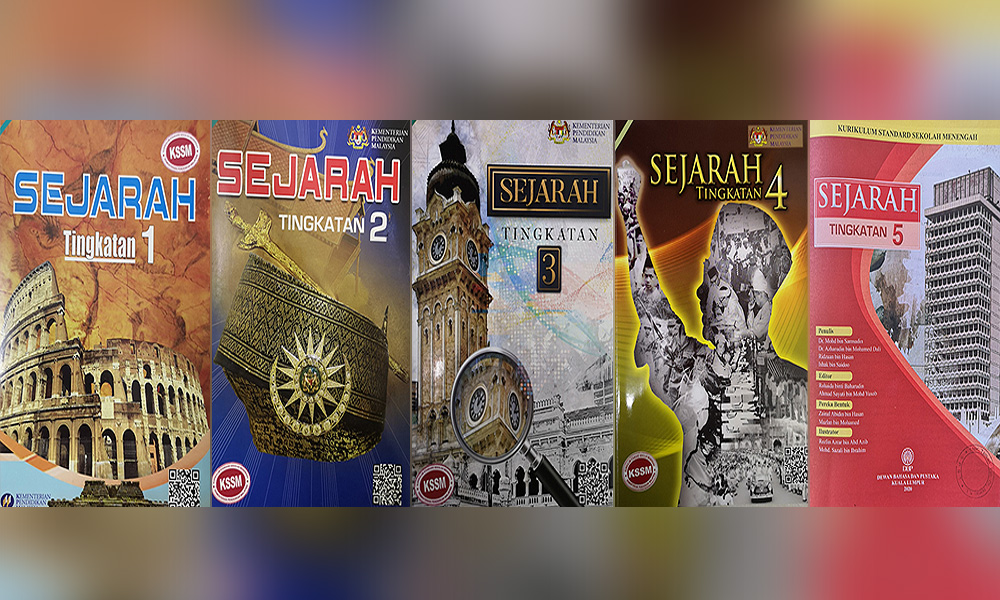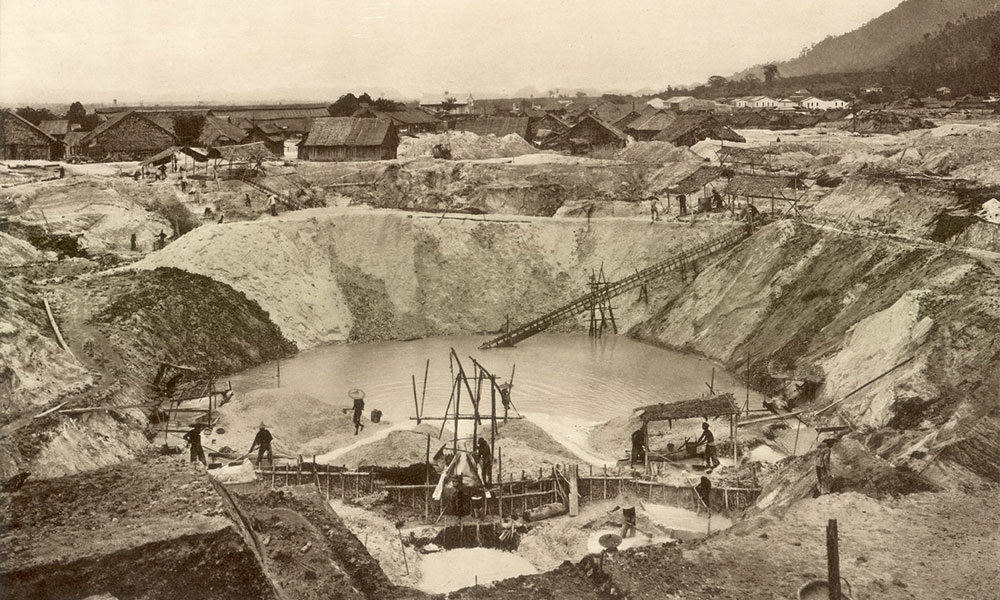History is essentially a society’s or nation’s collective memory of significant past events which throws light on its origins and development. It helps to connect the past with the present besides inculcating in the young a sense of identity and pride as citizens of a particular nation. As aptly stated by Lester D Stephens, a renowned American historian, history “provides us with a sense of being; who we are, either individually or collectively.”
Any historian worth his salt must convey the truth and nothing but the truth about past significant events based upon authoritative sources. The importance of a truthful historical narrative is best expressed by Pierre Le Moyne, a 17th-century historical theorist: “Truth is the soul of history.”
To my mind, distorting history or propagating half-truths is an intellectual crime. Hence, this article examines whether there are Malaysian historians who are guilty of hiding the truth about our nation’s history or distorting it in pursuit of a self-serving agenda. Additionally, do our current school history textbooks portray a truthful and inclusive account of our nation’s history in comparison with previous history textbooks?
Let’s begin with an article entitled ‘Analysis of Dato’ Bahaman’s Battle Strategies in the Pahang Uprising 1891–1895’ written by four local academics in the International Journal of Civil Engineering and Technology, Volume 10, Issue 1, January 2019. The article, inter alia, states inaccurately that the “British government proposed Dato’ Bahaman’s monthly allowance to be increased from $72 to $500 but the proposal was rejected by Dato’ Bahaman as other demands from the chieftains were not entertained by the British.” The authors do not cite any source in mentioning this fact.
The truth, as stated in British colonial records, ‘Hikayat Pahang’ and by Abdullah Zakaria Ghazali in his article ‘Kebangkitan-Kebangkitan Anti-British Di Semenanjung Tanah Melayu’, is that it was Dato’ Bahaman who requested his monthly allowance to be increased from $70 to $500. The British rejected Dato' Bahaman's request for an increase in his monthly allowance. Dato' Bahaman was upset with this British refusal and he subsequently revolted in December 1891.
Another local academic makes two outlandish claims in a 2012 publication, ‘Polemik Sejarah Malaysia Jilid 3’, published by the National Archives of Malaysia: Kuala Lumpur originated and developed as a Malay settlement before the arrival of the British, and that Raja Abdullah (district chief of Klang), together with Chinese tin miners, came to Ampang in 1857 to open up tin mines.
Make no mistake about it. Kuala Lumpur originated and developed from the trading settlement established by Hiu Siew and Ah Sze near the confluence of the Klang and Gombak rivers (around formerly Old Market Square and now Medan Pasar).

For the record, Frank Swettenham, a British colonial administrator who became the Resident of Selangor in 1882, tells us that Kuala Lumpur in 1872 was a “purely Chinese village, consisting of two rows of adobe-built dwellings, thatched with palm leaves.” In 1891, 79 percent of Kuala Lumpur’s population was Chinese. Perhaps, Margaret Shennan, an expert on British Malaya, sums it up best as follows: “Kuala Lumpur was another town created by the enterprise of the Chinese.”
It is important to note that there is no historical evidence to prove that Raja Abdullah had accompanied Chinese tin miners to Ampang in 1857. According to JM Gullick, a leading authority on the history of Kuala Lumpur, the Chinese tin miners during the first trip were accompanied by a “Malay agent of the district chief of Klang.” Similarly, a 1959 publication by the Kuala Lumpur Municipal Council makes no mention of Raja Abdullah having accompanied the Chinese tin miners.
The ‘invisible’ community
Pertaining to our current school history textbooks, it is crystal clear that they are lopsided (distinctively Malay and Islam-centric) and biased (intentionally omit significant facts relevant to nation-building). The history textbooks do not provide an adequate, balanced and fair account of the emergence and growth of Malaysia’s plural society.
In the words of Ganesan Veeramuthu Pillai, a former school history teacher, “Today’s history only glorifies one race and religion without considering the sacrifices of others for the nation. I can quote pages and pages of distorted history written by unqualified historians that is forced down the throats of our students.”
For example, unlike earlier textbooks, the current history textbooks have relegated the Orang Asli – original inhabitants of Peninsular Malaysia – to an ‘invisible’ community, ignored the significant impact of Indian civilisation on the Malay community and downplayed the important roles and contributions of the Chinese and Indian communities in the economic and infrastructure development of our nation.
Our history textbooks in the 1960s and 1970s rightfully provided a detailed account of the Orang Asli, the ‘first people’ or oldest inhabitants of Peninsular Malaysia. For example, ‘Tawarikh Tanah Ayer Kita’ (1963) published by Dewan Bahasa dan Pustaka has five pages on the Orang Asli. Similarly, ‘Tawarikh Bagi Murid2 Malaysia Buku Satu Untuk Darjah Empat’ (1972) authored by William Jalleh (assisted by Mohd Iskandar Yusuf) has four pages on the Orang Asli. The latter book (page 75) rightfully acknowledges the Orang Asli as ‘penduduk asal Tanah Melayu’ (original inhabitants of Malaya).

Sadly, the current Standard Four history textbook makes no mention at all about the Orang Asli but focuses on the early Malay kingdoms. The Orang Asli are merely mentioned in three sentences in the current Standard Six history textbook (page 67). Worse still, the Orang Asli are not mentioned at all in the secondary history textbooks.
Regarding ‘Indianisation’, the 1977 textbook ‘Sejarah Malaysia Tingkatan Satu’ written by Gilbert Khoo, provides a fairly detailed account of the impact of Indian civilisation (Hindu-Buddhist culture) on the Malay society in numerous aspects: system of government, installation of Malay rulers using Sanskrit verses, language, literature, arts, customs and beliefs. Interestingly, the Malay rulers were called ‘Raja’ which is a royal title used for Indian monarchs.
Khoo’s book incorporates the ‘Adat Melenggang Perut’ (correcting the child's position in the seventh month in preparation for birth), the ceremony of ‘salting babies’ (salt is applied to the lips of a new-born baby), ‘ear piercing’ and cremating the dead, which were all Hindu customs and rites.
Additionally, the ‘Sejarah Menengah Malaysia Tingkatan Empat’ (1979) published by Dewan Bahasa dan Pustaka provides adequate coverage to the ‘Indianisation’ of Southeast Asia, including Malaya. The book explains how Indian traders, priests and princes established settlements in the Malay peninsula, including intermarriages with the royal families and the nobility. It rightfully portrayed, unlike our current history textbooks, the fact that early Kedah was an Indianised kingdom.
Parameswara converted to Islam?
Our earlier history textbooks have adequately portrayed the significant role played by the Chinese in developing Malaya’s tin mining industry and that of the Indians pertaining to the rubber industry and infrastructure development.

For example, the ‘Sejarah Menengah Malaysia Tingkatan Empat’ (1979) published by Dewan Bahasa dan Pustaka has about eight pages on the tin mining industry. It duly acknowledges the fact that until the 1880s, the Chinese virtually controlled Malaya’s tin mining industry. The book also has seven pages on the Malayan rubber industry and highlights the significant role played by Indian labour towards its growth.
Astonishingly, the vital role of the Chinese in the development of the nation’s tin mining industry is dismissed with about two to three sentences in the current Form Three history textbook. Another example of factual distortion is that the British cultivated commercial crops such as pepper and gambier (Form 3 textbook, page 140). In reality, it was the Chinese community that pioneered and dominated the cultivation of pepper and gambier. Similarly, the contributions of Indians in the development of the nation’s rubber industry are scantly mentioned – about two sentences in the Form 3 textbook.
Regarding distortion of historical facts, the current Form Two history textbook (page 82) states erroneously that Sultan Iskandar Shah (i.e., Parameswara) converted to Islam in 1414. In other history narratives authored by ethno-nationalist historians, Parameswara assumed the name of Megat Iskandar Shah upon conversion. Based upon Ming records, Parameswara died in late 1413 or early 1414 and was succeeded by his son, Megat Iskandar Shah. This historical truth must be upheld and told to our young Malaysians: Parameswara, the founder of the Malay Sultanate of Melaka, was a Hindu-Buddhist and remained so until his death.
We must take pride in our multi-cultural heritage instead of wrongfully championing the supremacy of one ethnic group and religion which is detrimental to the future wellbeing of our beloved nation. I hope this article of mine generates a healthy discussion among historians and education officials to consider revamping the history curriculum, reviewing and improving the content of the current history textbooks based upon the “Malaysia-centric framework”, and selecting history writers and consulting experts from various ethnic groups based strictly on meritocracy. - Mkini
RANJIT SINGH MALHI is an independent historian who has written 19 books on Malaysian, Asian, and world history. He is highly committed to writing an inclusive and truthful history of Malaysia based on authoritative sources.
The views expressed here are those of the author/contributor and do not necessarily represent the views of MMKtT.



No comments:
Post a Comment
Note: Only a member of this blog may post a comment.